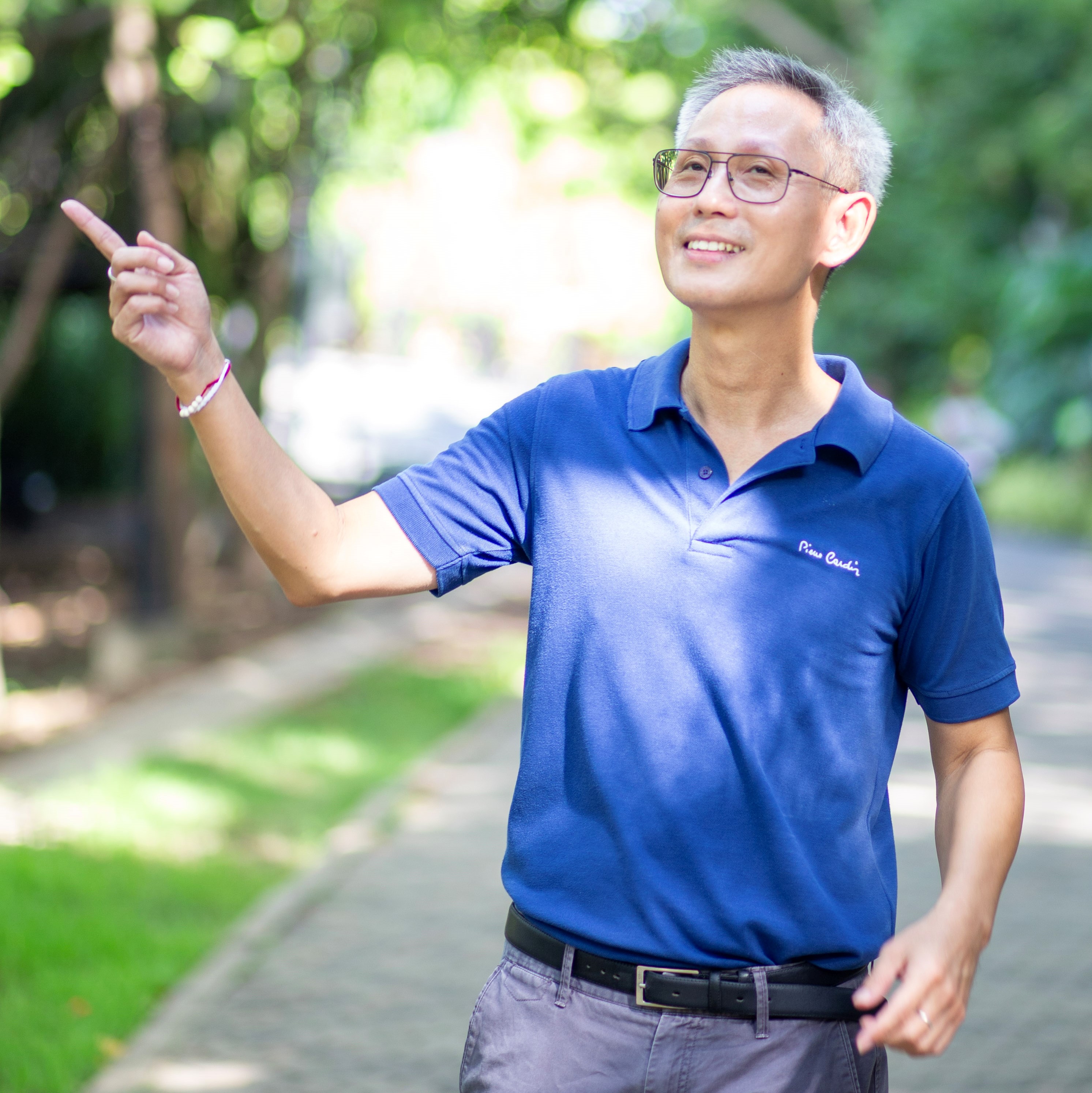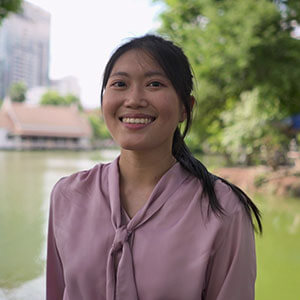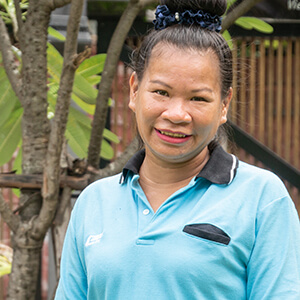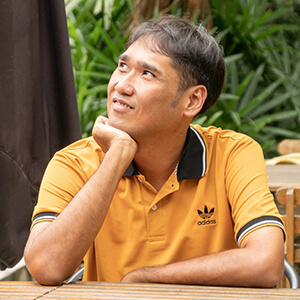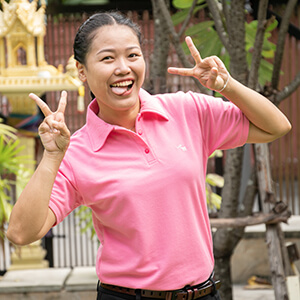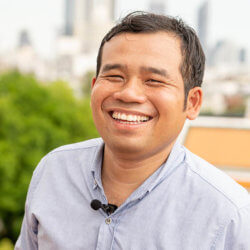Wat Saket, known as ‘The Temple of the Golden Mount’, sits outside Bangkok’s old Rattanakosin island area. Moreover, it ranks among the city’s oldest temples with a rich history spanning centuries. During the Ayutthaya period, which lasted until 1767, people called this temple Wat Sakae.
However, King Rama I ordered the temple’s restoration and gave it a new name. Therefore, it became known as Wat Saket Ratcha Wora Maha Wihan. This royal attention shows the temple’s importance in Thai religious and cultural life.
The temple’s location outside the historic center makes it easily accessible to visitors. Furthermore, its position offers unique views that differ from temples within the old city walls.

The Famous Golden Mountain and Its Dark History
Wat Saket’s structure stands out because of its 60-meter high mountain called Phu Khao Thong, meaning Golden Mountain. The temple’s main gilded chedi (or stupa) rests on top of this artificial hill. Additionally, this mountain was once the highest point in all of Bangkok.
Interestingly, the Golden Mountain formed from debris of a collapsed chedi. King Rama III had originally commissioned this structure, but it fell down during construction. Therefore, workers used the rubble to create the current mountain base. This accident became a blessing because it created one of Bangkok’s most famous landmarks.
Near the base of the steps lies an unusual cemetery that tells a darker story. This overgrown area, covered with vines and trees, contains the ashes of many plague victims from the late 18th century. Workers buried these remains into the Golden Mountain’s base during a terrible time in Bangkok’s history.
Because the temple served as the main crematorium during this plague period, the cemetery and surrounding neighborhood earned a grim nickname. Locals called the area ‘Ghost Gate’ due to its association with death and disease. However, today this history adds to the temple’s cultural significance rather than creating fear.
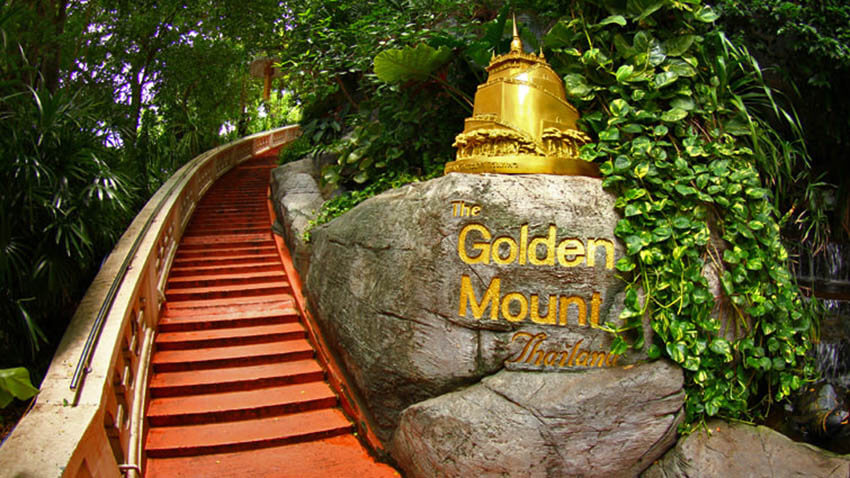
Climbing Experience and Spectacular Views
A climb to the top of the Golden Mountain requires climbing more than 300 steps. However, the journey offers several resting spots and viewpoints along the way. Therefore, visitors can take breaks while enjoying partial views of the city below.
The temple designers thoughtfully placed these rest areas to help people manage the steep climb. Moreover, each stopping point offers different perspectives of Bangkok’s skyline and surrounding areas.
Upon reaching the top, visitors receive an amazing reward for their effort. The summit provides a complete 360-degree view of Bangkok that few other locations can match. Consequently, many people consider this climb one of Bangkok’s best sightseeing experiences.
To the west, you can see the Temple of the Emerald Buddha at the Grand Palace. The northwest view shows the Rama VI bridge with its distinctive golden suspension cables. Additionally, looking east reveals the tall towers of Bangkok’s modern business district.
Customer feedback – “This place has amazing views all over Bangkok, lovely temple really enjoyed our visit here. Would recommend going at sunset for an even better view.”
Because of these incredible views, many visitors choose to time their climb for sunset. Therefore, the golden hour creates particularly beautiful photos and memories.
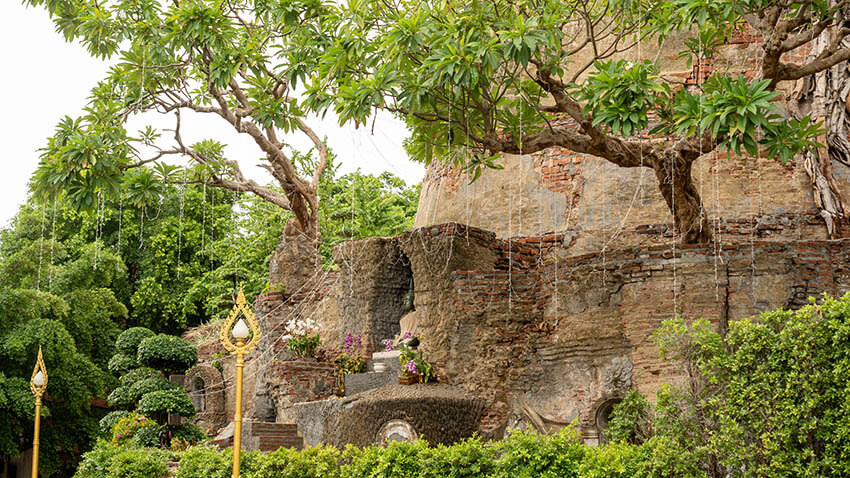
Annual Festival and Special Celebrations
The temple hosts a special annual festival in November that lasts for one week. This celebration happens during Loy Krathong, one of Thailand’s most important festivals. Furthermore, the event transforms the temple into a magical place filled with lights and ceremonies.
During this festival week, a candlelight procession of worshippers climbs the mountain steps. Moreover, temple workers cover the golden chedi with bright red cloth to mark the festival’s importance. This red covering creates a striking visual contrast against the usual golden surface.
Visiting Wat Saket during this time offers a rare opportunity that both locals and tourists treasure. Consequently, people can experience firsthand the decorative and lively atmosphere of a large-scale temple festival. The combination of traditional ceremonies, beautiful lights, and community celebration creates unforgettable memories.
However, expect larger crowds during festival time. Therefore, plan your visit accordingly if you prefer a quieter temple experience or want to join the festive atmosphere.
Wat Saket and the Golden Mount are open every day from 9am until 7pm.
Admission price: Admission to the temple (Wat Saket) is free. Admission to the chedi at the top of the mountain is 100 Baht.
Things you should be aware of when visiting the Wat Saket:
- Respectful attire is required. Wat Saket is a functioning Thai Buddhist temple, and a such the management insists that visitors dress in a respectful manner. This means that men must wear long pants and short-sleeved or long-sleeved shirts (no tank tops or sleeveless shirts). Women must wear skirts or pants extending at least to the knee, and also should not wear a top that reveals bare shoulders.
- Visitors are allowed to take photographs in any area of the complex.
- During the annual Loy Krathong festival the temple grounds can get very crowded.

